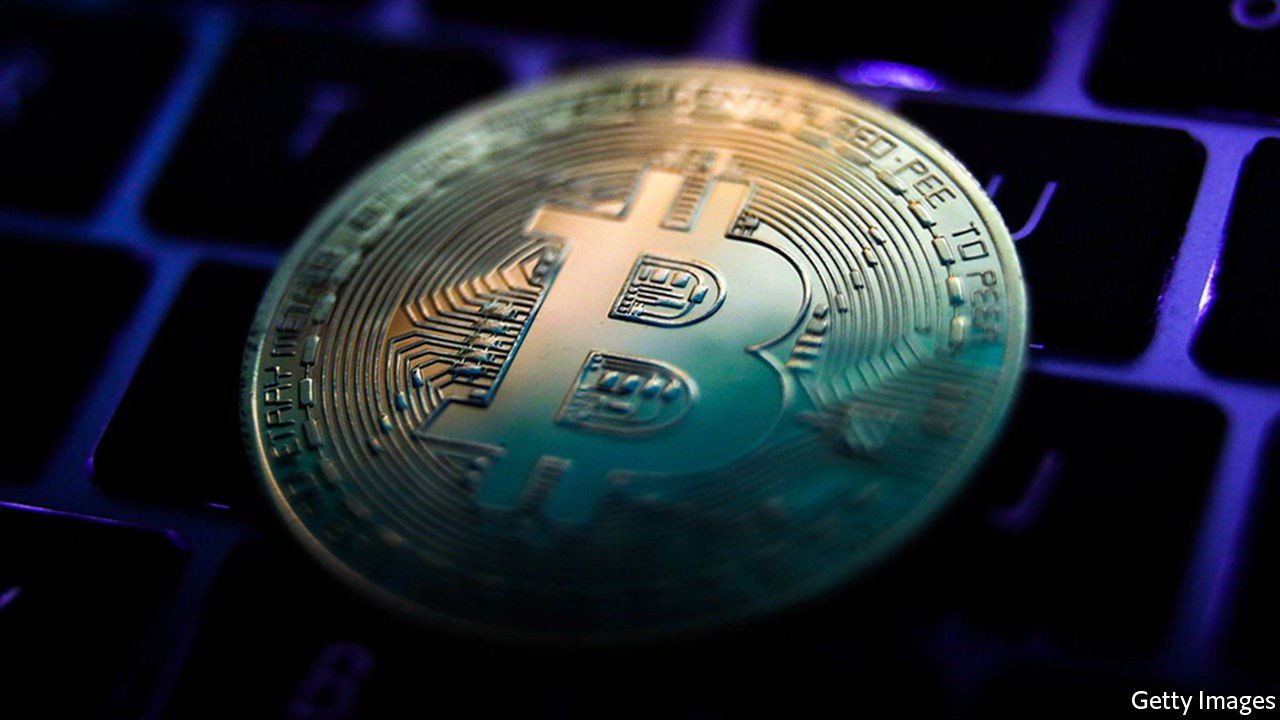THE PRICE of bitcoin, the world’s most popular cryptocurrency, fell by almost 20% at the weekend, from around $57,000 on December 3rd to $45,000 the next day (it has since partially recovered, to around $49,000). Other popular coins, including Ethereum, shed a similar proportion of their value. The market capitalisation of all crypto assets fell by $400bn to $2trn, before picking up slightly. Why did prices fall, and what makes cryptocurrencies so volatile?

In the past, crypto-crashes have happened largely independently from wider market routs. The sharp drop in May, when cryptocurrencies lost 47% of their value in a week, was prompted by a clampdown on crypto-trading in China and a tweet by Elon Musk, Tesla’s chief executive, saying that the electric-vehicle maker would stop accepting payments in bitcoin. By contrast, the recent drop in crypto prices has mirrored that of American markets, which suffered on December 3rd after the latest monthly jobs report sent mixed signals about the country’s economic recovery. The unemployment rate dropped by 0.4 percentage points in November to 4.2%, the lowest since the pandemic began. That may have indicated to investors that the Federal Reserve would raise interest rates sooner than planned, lowering the returns on riskier assets. Stocks, including those for tech firms, fell. The discovery of Omicron, the new variant of covid-19, on November 24th has also increased anxiety in the markets.
The effect of all this on cryptocurrencies has been particularly pronounced. They are consistently volatile. Though they are billed as digital currencies, their holders treat them not as means of payment but as financial assets. Most are thinly traded in comparison to shares, with a few big investors holding significant sway. About 2% of bitcoin accounts hold 95% of the available coins, according to Flipside, a crypto-analytics firm. Last year, less than 20% of bitcoin supply was actively traded—most is held in long-term accounts. That means trades do not have to be very large to shift prices dramatically. Crypto exchanges are numerous: the fragmentation of trading increases volatility, as a few trades on a given exchange can have a significant effect. Prices are also affected by a massive market for derivatives (contracts based on the price of an underlying asset, in this case a cryptocurrency): there are on average five times more bitcoin derivative trades than spot trades of the coin itself. These bets, which are usually made on unregulated offshore exchanges, can shift the price of cryptocurrencies, adding to volatility.
As crypto investing gains traction, more established investors are dipping their toes into the market. That might inject more professionalism and make prices less volatile in the long-term. But stability is still some way off. More regulation of crypto is likely, with different countries tightening up in different ways. America is mulling regulation for stablecoins, a type of crypto that is pegged to a government-issued currency; the European Central Bank has approved a framework for oversight of digital payments, including some cryptocurrencies. And changing expectations about interest rates may well continue to shift prices. Investing in crypto looks likely to remain a bumpy ride.
